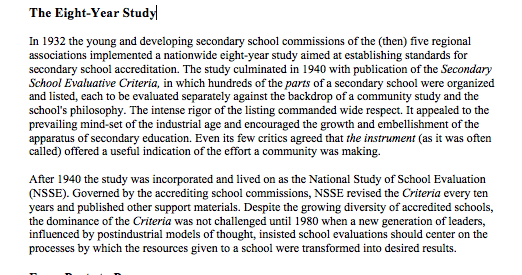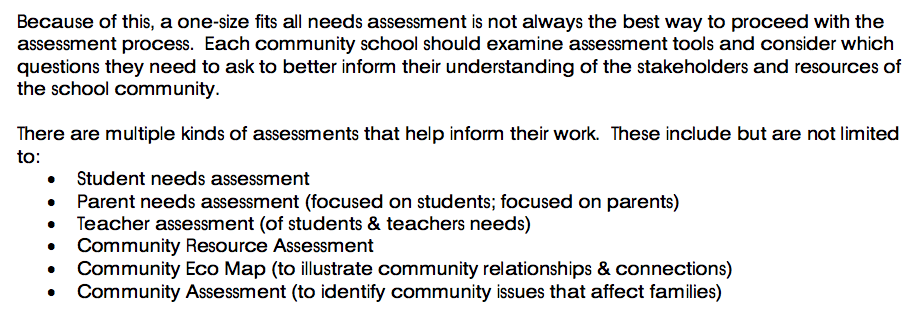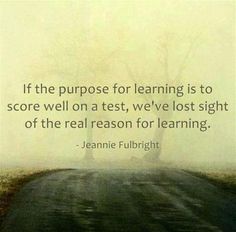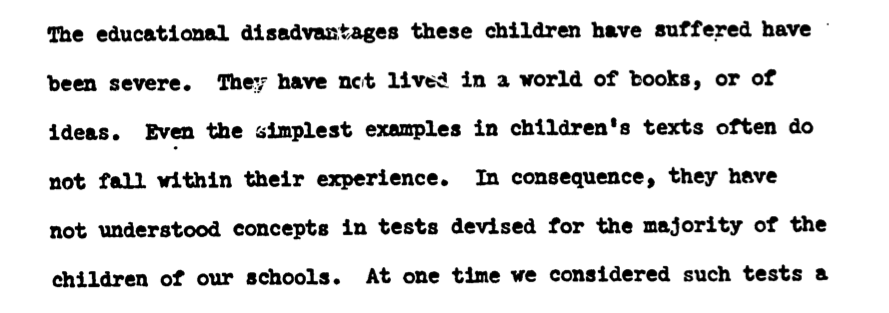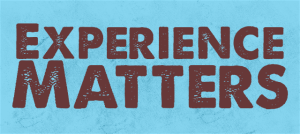Each layer of administration in our education system — in schools, on school boards, at the district level, in state’s departments of education and the United States Department of Education — exists for a reason and to serve a purpose. As institutions designed to serve the public need, how are they being held “accountable” to the public?
Many education officials seem to have become more “accountable” to federal or state authorities for record keeping purposes rather than for the real purposes for which they exist. And too many times administrators are ignoring the people they are supposed to serve — students, parents, and society.
The responsibility for public education is seen as a “states rights” issue – or so we believe. But what does it really mean when the courts imply that they are not responsible for “quality” education such as they did in Detroit?
“…the Michigan Court of Appeals ruled on Nov. 7 the State of Michigan has no legal obligation to provide a quality public education to students in the struggling Highland Park School District.”
No legal obligation? That just blows me away! We are forced to test, label, close down schools, and move students all over the place but no one is responsible to ensure quality education is offered in all schools so that all schoolchildren can have equal access.
That is the problem and should be the focus of the solution!
We know there are huge disparities in this country.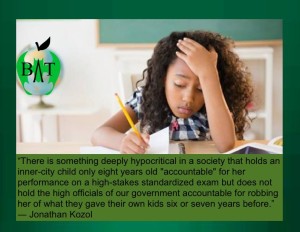
I happen to live in the state with the lowest per-pupil spending in the nation. Has our (or your) state defined: what are adequate funding levels? Do we have a funding formula designed to obtain more equitable funding? Do we have expectations for student “performance” to improve and “achievement gaps” to narrow? (SURE) Have we defined what resources they need to get there?????
We say we have higher “expectations.” Where are the quality indicators for all levels of the system and where is THE report card showing the progress institutions are making towards equitable learning opportunities? Or aren’t they really responsible for that?
Fair play would be for the public to have higher expectation of accountability for the system.
Fair play would be for the states to show us the indicators they use to prove they are being responsible stewards of our education system.
We have reached the moment when we should be able to see that ….
“We need an accountability system where there is local responsibility, true state accountability, and a federal duty to monitor progress for the purpose of providing guidance and support.”… “School improvement must be a local responsibility shared through the democratic governing of schools. States must ensure accountability of their system through shared knowledge of measurable results and financial accountings of adequacy and equity. The federal government must return to its role of oversight, support, guidance, research and development, and dissemination of information, and serve when needed to protect and provide for the national interest.” (From The Crucial Voice of the People)
We need to better understand the role of government in education.
“State officials will be responsible for identifying their resources and establishing indicators of their success and to continually monitor and report on their ability to meet their responsibility.” … “The Federal Government has the primary responsibility to identify the national interest in education. It should also help fund and support efforts to protect and promote that interest. It must provide the national leadership to ensure that the Nation’s public and private resources are marshaled to address the issues discussed in this report [National Commission on Excellence in Education]. A Nation at Risk
I understand the federal role in education as originally described in The Smith-Towner Bill of 1918, the 1965 Elementary and Secondary Education Act, and in the purposes of the U.S. Department of Education as listed in 1979:
- to ensure access to equal educational opportunity;
- to supplement and complement the efforts to improve the quality of education;
- to encourage involvement of the public, parents, and students;
- to promote improvements through research, evaluation, shared information;
- improve coordination;
- improve management and efficiencies;
- increase accountability of federal programs to the President, Congress, and the public.
Yes, we have some things to work on!
What I do not understand is how we have gone for so long ignoring the fact that some states are NOT living up to their responsibility. Why are we hunting for witches while the elephant is trampling everything in sight?
Are we blind to the parasites destroying us ? Or have we just been fooled for so long that the lies became our truth?
Why aren’t we asking for clarity on the disparities? And right now, why are we not talking about the problems with No Child Left Behind – AS A NATION.
If we want schools to improve, we must have state, district, and local accountability that focuses on implementation of the elements of school improvement. It is the only way we will ensure equitable resources. It is the only way we get real and lasting improvement. … a continuous improvement process with indicators that match what matters.
#####
Update: December, 2015, No Child left Behind was changed to the Every Student Succeeds Act (ESSA). The wording has changed; the problems remain.


